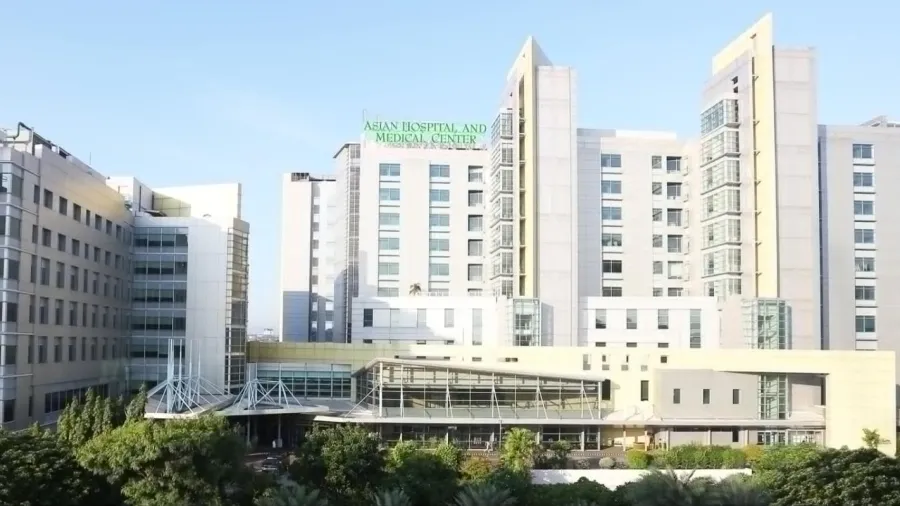
Asian Hospital’s Brain Attack Team strikes stroke fast
Patients who arrive within six hours go through a fast lane.
Manila-based Asian Hospital and Medical Center is counting on its Brain Attack Team (BAT) to provide effective and prompt care to stroke patients, where time is of the essence.
The stroke-ready hospital's team of neurologists, emergency doctors, nurses, lab technicians, radiologists, and pharmacists operates on a rotational on-call schedule for a rapid response.
“We hold regular, continuous medical education for the team,” Asian Hospital CEO Beaver Tamesis said during a hospital tour with Healthcare Asia. “We also do digital and physical simulations, BAT audits, and team meetings.”
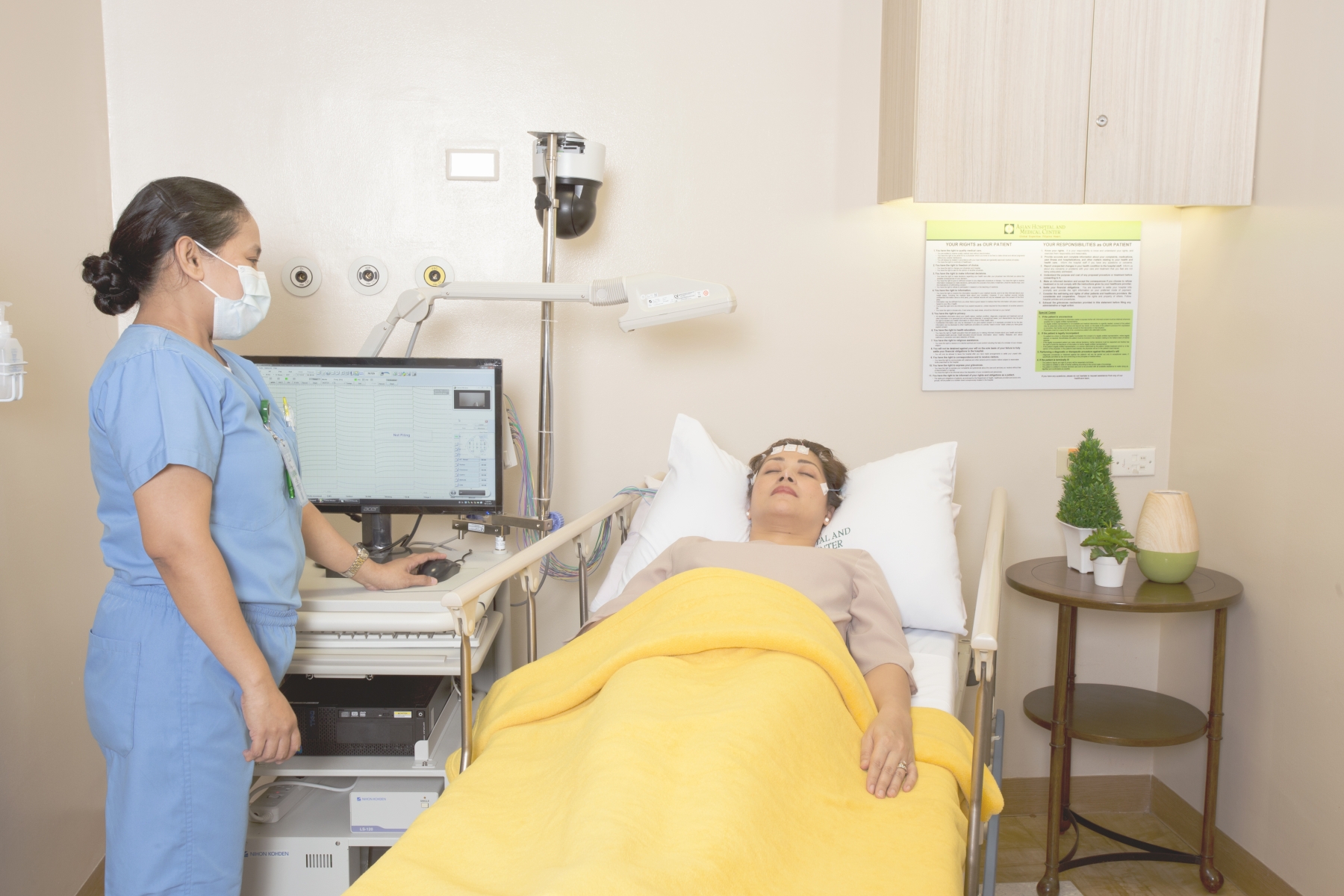
Asian Hospital, one of few hospitals in the Philippines that can give the gold standard therapy for acute stroke, follows a strict protocol, said Tamesis, who is an internist and cardiologist. “Patients who arrive within six hours of stroke onset are prioritised and directed to a fast lane on the stroke pathway.”
Time is critical during stroke episodes because your arteries will either get clogged up and won’t be able to deliver sufficient blood supply to your brain, or it can burst and cause internal bleeding.
“Once triage activates BAT, the patient breezes through registration at the emergency room,” which is then followed by diagnostic tests, such as a computed tomography (CT) scan and laboratory work, Tamesis said.
Tamesis further added that IV Thrombolytic, a medication to dissolve blood clots, is given depending on the team's decision, along with the patient's or relative's consent.
A patient with a large artery occlusion may get a thrombectomy, where a specially designed clot removal device is inserted through a catheter to pull or suck out the clot to restore blood flow, either on its own or after getting IV Thrombolysis, Tamesis said.
Asian Hospital also offers Deep Brain Stimulation (DBS), where electrodes are implanted in certain areas of the brain to treat movement disorders such as Parkinson's disease, essential tremor, and dystonia.
“It works by producing electric currents that affect the brain areas and certain neurochemicals that produce the symptoms,” the doctor said.
Meanwhile, the hospital provides a structured follow-up programme for continuous care. This includes simultaneous medical adjustment and DBS programming over six to eight weekly sessions. “Thereafter, regular follow-ups range from one to three-month intervals.”
Aside from stroke and other neurological disorders, the Metro Pacific Investments Corp.-owned hospital is also pushing cancer treatment in the Philippines.
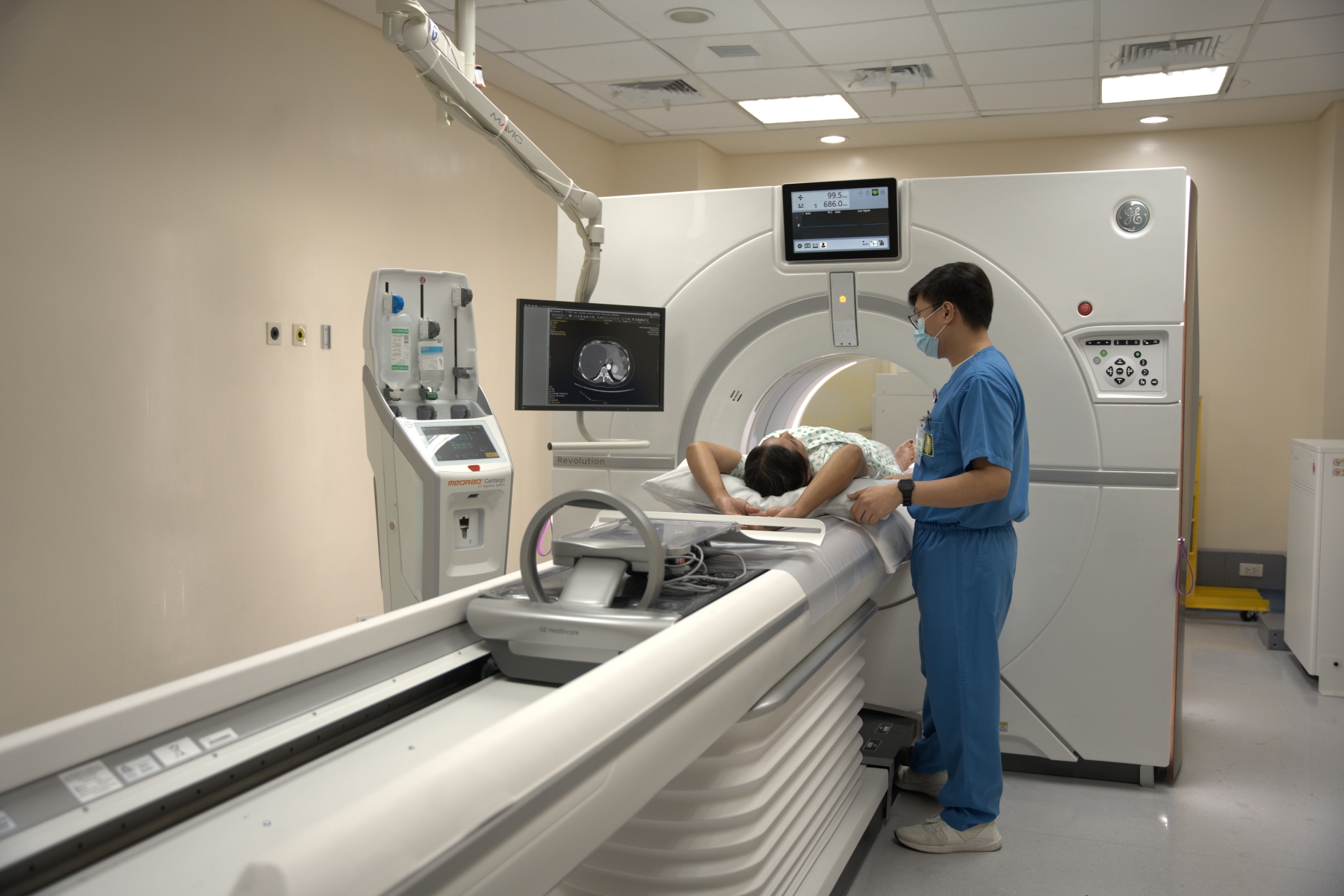
Tamesis said the hospital uses stereotactic radiotherapy (SRT), which uses highly focused radiation beams over one to five daily fractions. “This is in contrast to traditional external radiation therapy that requires 10 to 35 daily fractions.”
Meanwhile, the hospital’s LINAC TomoTherapy HDA combines intensity-modulated radiation therapy (IMRT) with imaging capabilities from computed tomography to pinpoint tumours, delivering radiation in a “slice-by-slice” manner.
The machine can also be used for SRT, but with longer irradiation times due to higher dose requirements. “In cases like brain tumours, where SRT or stereotactic radiosurgery (SRS) is often preferred over IMRT, the TomoTherapy system can deliver the necessary precision and treatment,” the CEO said.
Tamesis said Asian Hospital uses other technologies that can do volumetric modulated arc radiotherapy (VMAT), which delivers beams in a continuous arc around the patient. Radixact and TrueBeam are machines made for this radiotherapy, he added.
Whilst these machines are primarily designed for intensity-modulated radiation therapy, they also handle stereotactic techniques such as stereotactic radiosurgery and radiotherapy, and stereotactic body radiotherapy (SBRT) in lower volumes, Tamesis said.

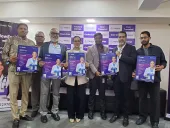
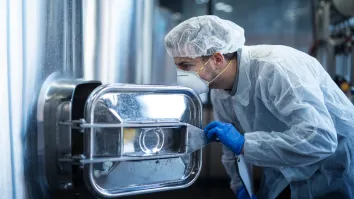

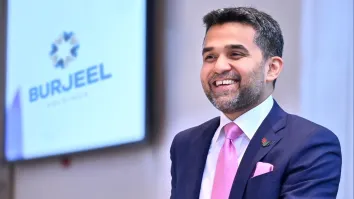
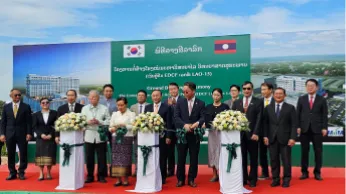













 Advertise
Advertise







